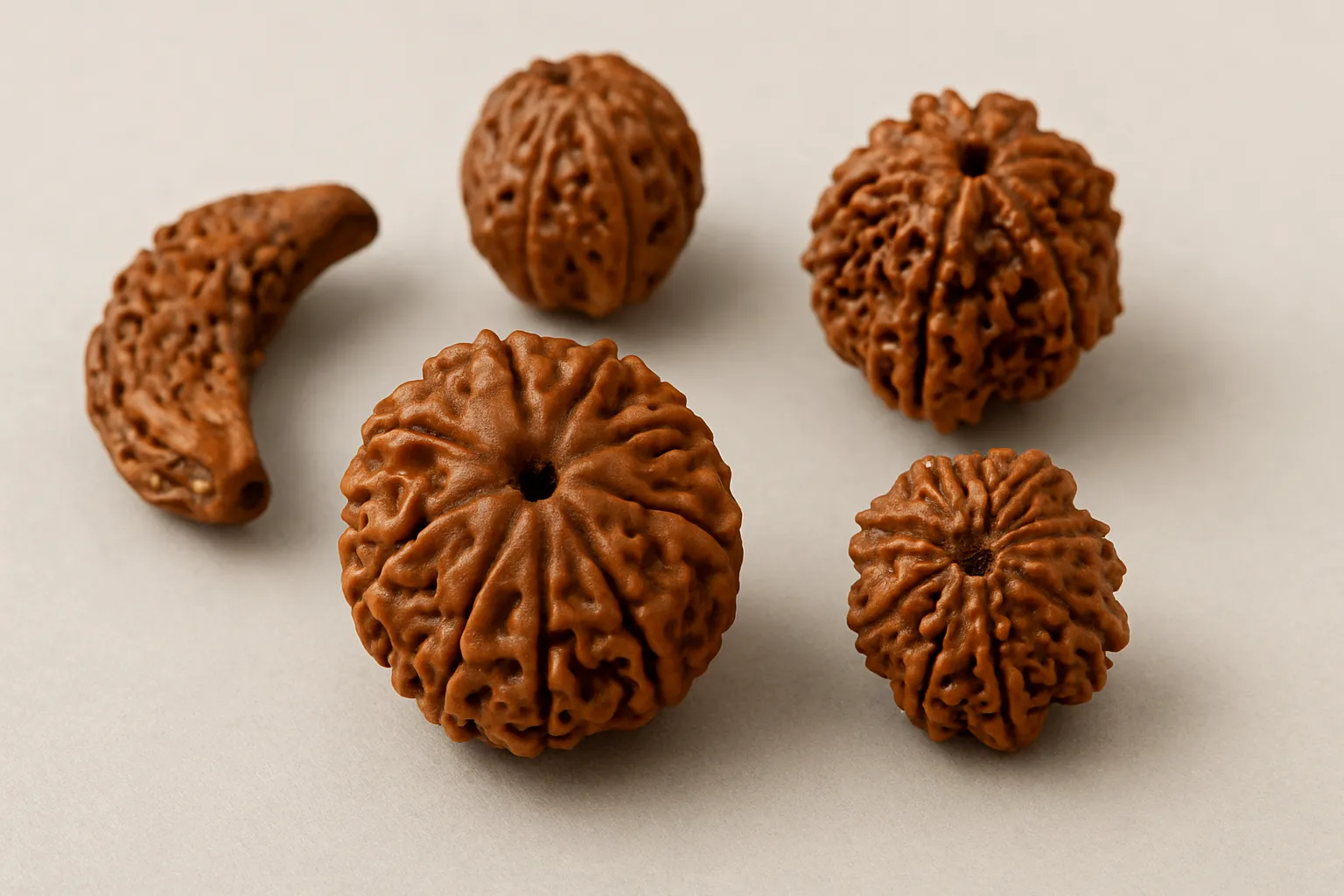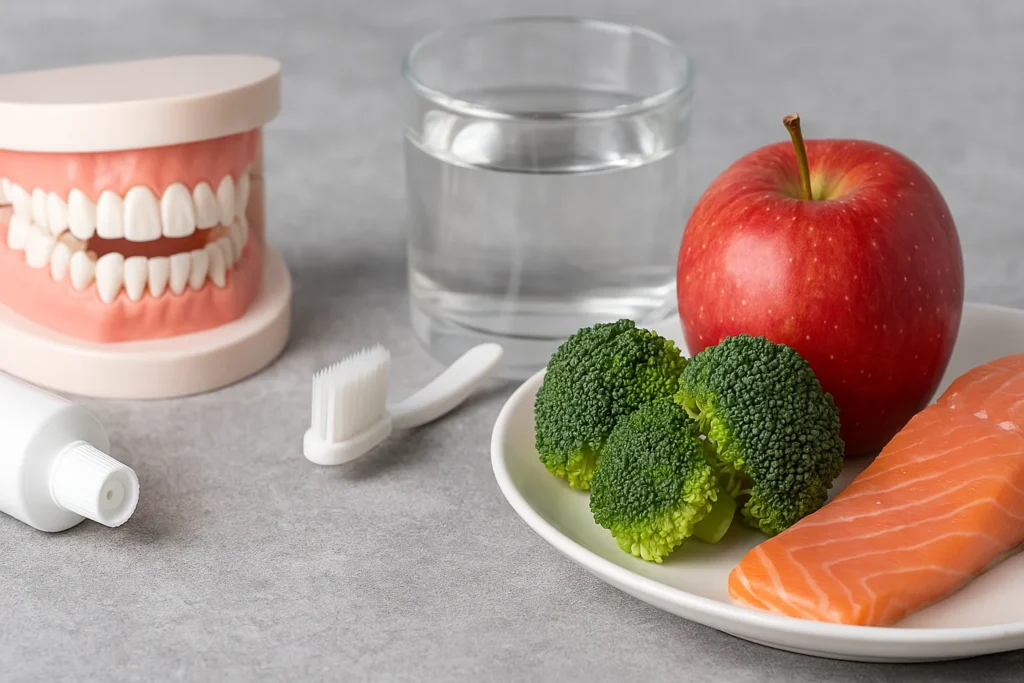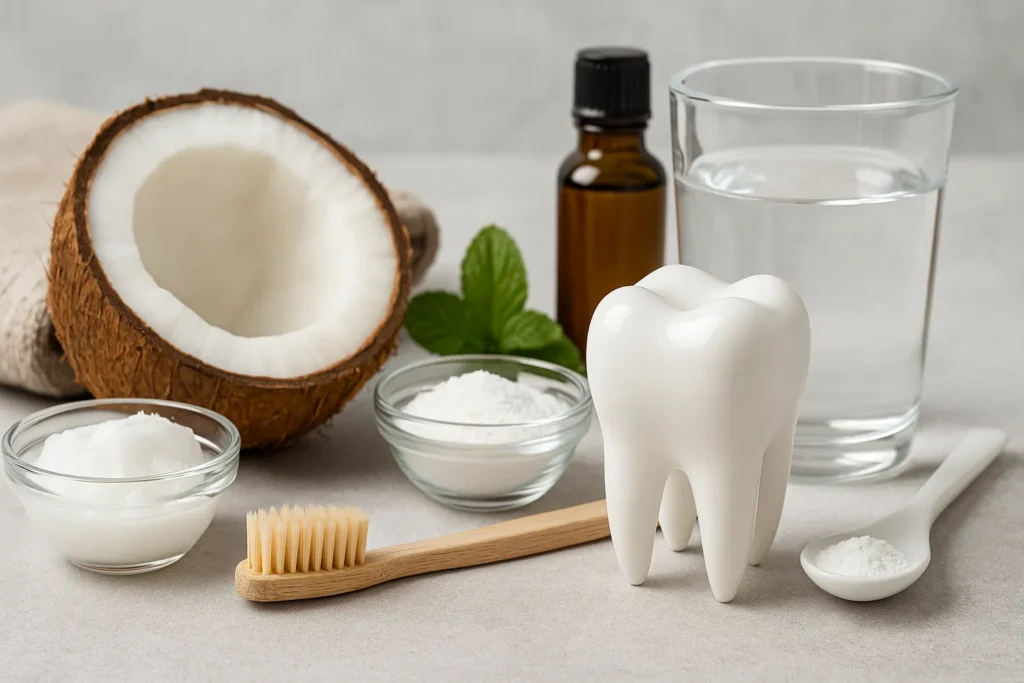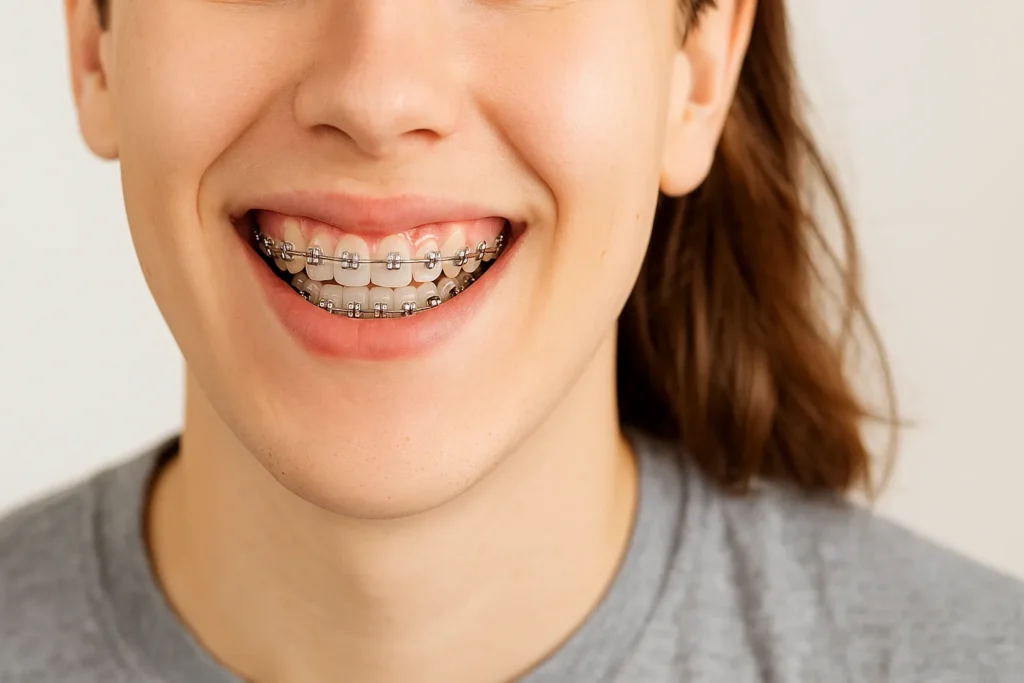If you’ve ever wondered whether the Rudraksha you bought is genuine, you’re not alone. With its deep spiritual and health significance, the Rudraksha bead has become one of the most sought-after sacred items in Hinduism and beyond. But with growing demand comes a flood of counterfeits in the market. So, how do you tell the real from the fake? That’s exactly what we’re going to explore today. Whether you’re buying your first bead or simply curious, this guide will walk you through everything you need to know about how to identify original Rudraksha, from the famous Ek Mukhi to all the other varieties.
Let’s start with the basics and build our way up.
What is a Rudraksha and Why It Matters
Before diving into the details of identification, let’s understand what makes Rudraksha so special. Rudraksha beads are the seeds of the Elaeocarpus ganitrus tree, mostly found in Nepal, Indonesia, and parts of India. These beads are believed to carry spiritual vibrations, providing mental peace, physical healing, and protection from negative energy. Their power is often associated with Lord Shiva, and they’re used widely in meditation and rituals. Because of their sacred status, the authenticity of the Rudraksha bead becomes crucial for its wearer.
How to Identify Original Rudraksha – Basic Tips
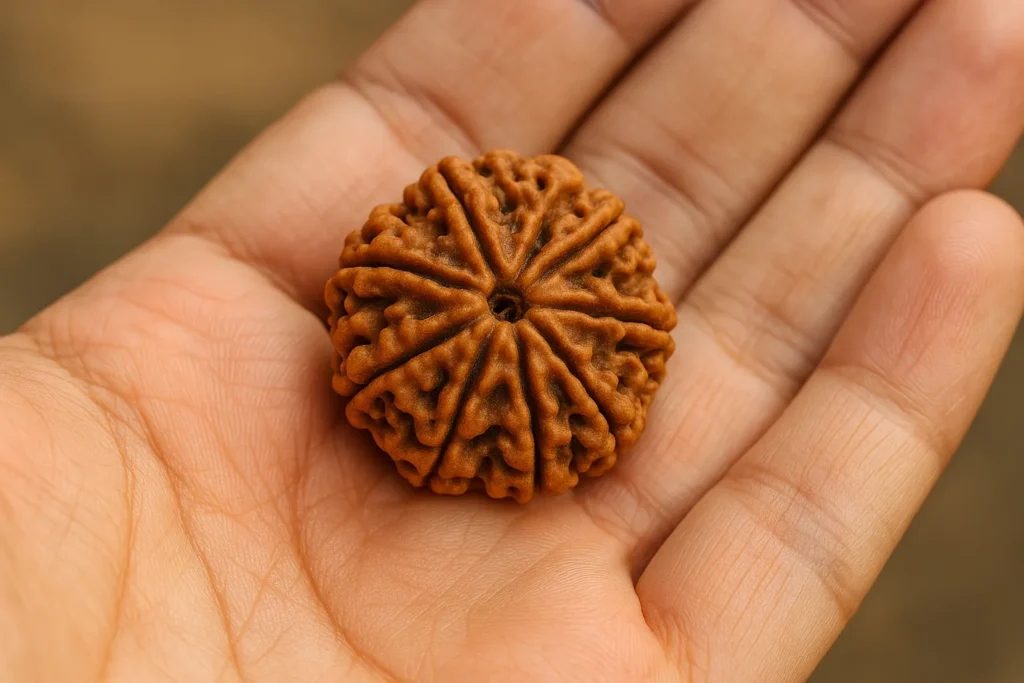
Let’s start with general tips that apply to all types of Rudraksha beads.
1. Look Closely at the Mukhis (Facets)
The term mukhi refers to the natural vertical lines running from one end of the bead to the other. An original Rudraksha has well-defined, naturally occurring mukhis, which are not carved or etched artificially. Fake beads may have inconsistent, shallow, or overly symmetrical lines—something a trained eye can easily notice with practice.
2. Water Test for Rudraksha
One of the most commonly used techniques is the water test. Here’s how you can do it:
- Drop the Rudraksha bead in a glass of clean water.
- Observe if any color leaks or if it floats.
A genuine Rudraksha will generally sink and not release any dye or color. Be careful though—some fakes are weighted to pass this test, so don’t rely on it entirely.
3. Copper Coin Test
Rudraksha beads are said to have electromagnetic properties. When rubbed gently against a clean copper coin, an original Rudraksha may show a slight reaction like attracting lint or small paper pieces. Again, this isn’t a foolproof test, but it’s a helpful clue.
4. X-ray or Lab Certification
If you’re buying an expensive Rudraksha, like the Ek Mukhi or rare Gauri Shankar varieties, always go for beads that are lab-certified. Some reputed sellers offer X-ray certification that shows the internal structure of the bead, ensuring its authenticity.
How to Identify Original Ek Mukhi Rudraksha
Let’s talk about the most coveted Rudraksha—Ek Mukhi (one-faced Rudraksha). It’s often considered the most powerful of all, believed to bring immense peace, spiritual growth, and freedom from worldly attachments.
Key Identification Tips:
- Ek Mukhi Rudraksha from Nepal is round or oval and extremely rare.
- A commonly found version comes in a half-moon shape from South India or Sri Lanka, which still holds spiritual value but is different from the rare round variant.
- The mukhi line should be single, deep, and clearly visible from one end to another.
- Be cautious of carved or glued beads. Many sellers artificially create a single line on ordinary beads to mimic the Ek Mukhi.
Due to its rarity and demand, fake Ek Mukhi Rudraksha beads flood the market—so certification is essential here.
How to Identify Original Do Mukhi Rudraksha (2 Faces)
A Do Mukhi Rudraksha represents the union of Shiva and Parvati. It’s popular among married couples or those seeking harmony in relationships.
Identification Tips:
- It should have two well-defined, natural lines.
- The bead should not have cracks, glued pieces, or carved lines.
- Usually found in oval or round shape, both from Nepal and Indonesia.
Always check for a smooth surface with natural texture. It should feel solid and genuine in hand.
How to Identify Original Teen Mukhi Rudraksha (3 Faces)
Symbolizing fire or Agni, this Rudraksha is said to purify the soul and remove sins from past lives.
What to Look For:
- Three clear, deep mukhi lines, spaced evenly around the bead.
- No artificial etching or tool marks.
- A light but solid feel when held.
It’s fairly easy to identify with practice, especially when compared to higher-faced beads.
How to Identify Original Chaar Mukhi Rudraksha (4 Faces)
This bead is linked with Lord Brahma and is considered ideal for students, thinkers, and creators.
Authenticity Indicators:
- Four clearly visible natural grooves running lengthwise.
- Bead surface should not be artificially polished or dyed.
- Should sink in water and feel hard to the touch.
Some smaller-sized Indonesian variants may have lighter lines, but genuine structure remains.
How to Identify Original Panch Mukhi Rudraksha (5 Faces)
Panch Mukhi is the most common and widely used Rudraksha. It represents Lord Kalagni Rudra and is beneficial for general wellbeing.
Tips to Check:
- Five well-separated mukhi lines, not too close or uneven.
- Should pass water test and have a natural wooden scent.
- Avoid too-perfect symmetry; original ones have slight natural irregularities.
This is the easiest Rudraksha to find and verify with a bit of attention.
How to Identify Higher Mukhi Rudraksha (6 to 14 Mukhi and Above)
As the number of faces increases, so does the complexity of the bead—and the chances of counterfeits.
Things to Keep in Mind:
- Each mukhi should have a natural groove from top to bottom.
- The bead should be firm, not hollow or light.
- Certification becomes increasingly important with higher mukhi counts.
For example:
- 6 Mukhi represents Lord Kartikeya.
- 7 Mukhi relates to Goddess Lakshmi.
- 8 Mukhi is associated with Lord Ganesha.
- 9 Mukhi symbolizes Durga.
- 10 Mukhi represents Lord Vishnu.
And so on. Each has distinct energies and uses.
Final Checks Before You Buy
With spiritual items like Rudraksha, it’s not just about looks—it’s about the energy they hold. So here are a few more tips before you make that final purchase:
- Buy from trusted sources: Avoid street vendors or online deals that sound too good to be true.
- Ask for certification: Especially for rare mukhis.
- Test gently, but don’t damage: Never use blades or fire tests. Those can harm even the original beads.
And if you’re still unsure, don’t hesitate to seek help. NutBolt India is your go-to hub for answering every What, Why, Who, When, Where, and How you’ve ever wondered—including finding clarity on sacred items like Rudraksha.
Final Thoughts:
Knowing how to identify original Rudraksha can make all the difference in your spiritual journey. Whether it’s a simple five-faced bead or the rare Ek Mukhi Rudraksha, being aware of what to look for gives you confidence in your choice. Remember, the Rudraksha is more than just a bead—it’s a tool for inner peace and spiritual growth. So choose wisely, verify patiently, and let your instincts guide you. Stay curious, stay grounded—and always look a little closer.

